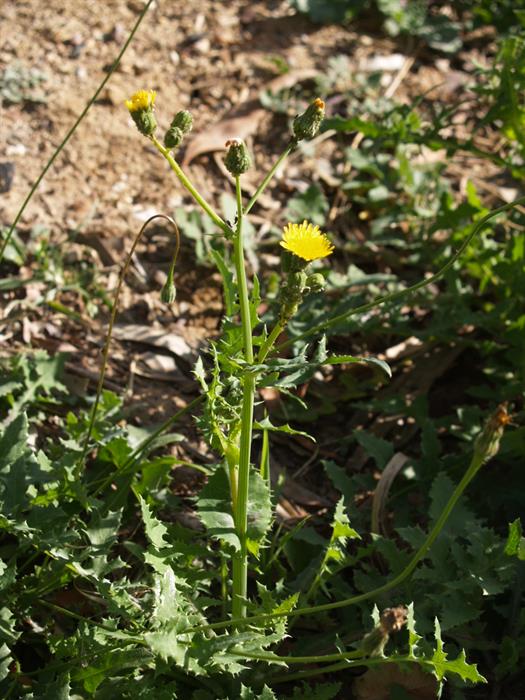
Learn to identify and effectively control weeds
You learn about both chemical and non-chemical control methods (e.g. mulching, burning, slashing), the use of spray equipment, and safety procedures which should be followed. This course is appropriate to anyone who needs a better understanding of weeds, including:
- Land owners
- Farmers
- Land Managers (Park managers, Golf Course superintendents, foremen, etc)
- Environmental Officers
- Farm contractors
- Farm suppliers
- Landscape contractors